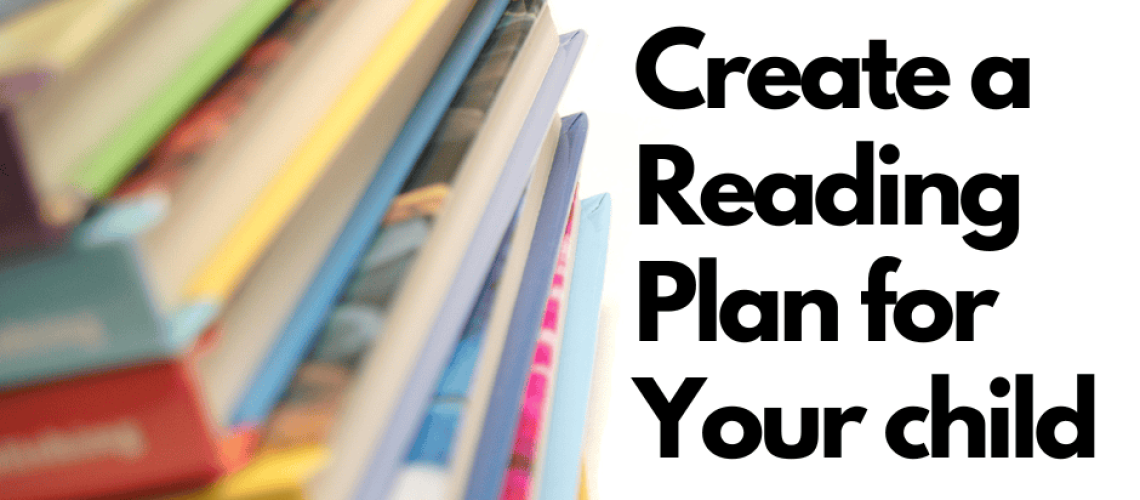It is a list of books intentionally chosen to help your child reach specific reading goals. It is important to make the plan structured enough for your child to make progress while ensuring some flexibility to let them explore their interests and enjoy their reading journey.
Why develop a Reading Plan for your child?
Creating a reading plan will help motivate your little one read more books in a year and help you take deliberate steps to raise a reader.
5 Steps to set up an annual reading plan for your child
Take stock of your current situation and make a list of genres and subjects (that interest your child)
Note down the topics covered in school in an academic year and your child’s interests to create a balanced plan. Choose genres that they are interested in like fiction, fantasy or adventure (the list is endless) to help them enjoy the process. Also note down topics to introduce your child to – academically and emotionally.
Make a list of the books under different categories
This can be the most fun part of building a reading plan if you include your child in the process. Write down books under each genre based on their reading level and interests. Ensure the list is a balance of fun, educational and even includes a help-me-grow category. Leave some room for books your child will discover during the year. You may be caught by surprise with a book that you didn’t plan on, actually helping them most or changing their life.
Select a realistic number of books for your reading goal
Take into account your child’s reading speed and capacity. Note down how many books per month your child can read based on this. Multiply that by 12 to set the goal for a year. Next you can decide on how many books should go into each reading category. Below are a few suggestions by age, however each child is different and one needs to set goals based on where they are at on their reading journey. A simple way to identify your child’s stage is to observe how many books they read in a month and how much time they spend reading currently, and set a target slightly above that for the year.
Toddlers: Introduce reading for 15 mins a day. You can start with 2 new picture books per month. At this age children love to re-read books several times which also offers multiple benefits.
Pre-Schoolers: You can start with 20 mins a day with at least 2 new picture books per month. Your child may still prefer to re-read books and that still has numerous merits.
6 to 8 years: You can now try at least 4 books per month. Chapter books are a good option if your child has just started to read by themselves. They are typically 48 to 64 pages long.
8 to 10 years: For middle grade readers you can try 3 books per month typically 96 to 200 pages long.
Create a Reading Schedule and set a reading space
Make a monthly schedule and list down the books for each month. Leave some room to explore new titles and genres. Decide when and where your child is going to read every day. This will help them turn reading into a daily habit. By consistently achieving this daily, they will build up discipline as a reader. In no time it will become a natural part of their day. If your little one is just starting to read, even just 10 minutes a day is going to produce tremendous intellectual results if it’s hit consistently, day after day.
Record Your Reading
Buy a reading journal for your little one to jot down reactions to each book they read. It will help them to analyse how the book made them feel; what they liked and disliked, the main takeaways, key themes and whether they would recommend it to their friends.
This will help them look back and see all the wonderful books they’ve read and how they impacted them. Writing about the books they read will also encourage them to think more deeply about them, thus giving them a stronger understanding of the book and its ideas and stories. Not to mention, they’ll have something interesting to say about them if someone asks for their thoughts.
Start Reading & let them Adjust the Plan as they Go
It’s usually worth it to let your little one follow their curiosity when it comes to self-education. They can even make the plan in the form of a reading log illustration like a bookshelf. As they read, they can colour the book they’ve completed. Tracking and seeing progress is a powerful motivator.
Remember to treat the plan you create like a friendly guide that lets them follow their curiosities, and not something that is forced onto them. They’ll have a much better relationship with reading if you do it this way.
Even when they explore new interests, encourage them to always go back to the plan. It’s will be a living, breathing, changing document that guides them in their reading endeavours, reminding them of their progress and giving their reading journey a deeper meaning and sense of accomplishment .

